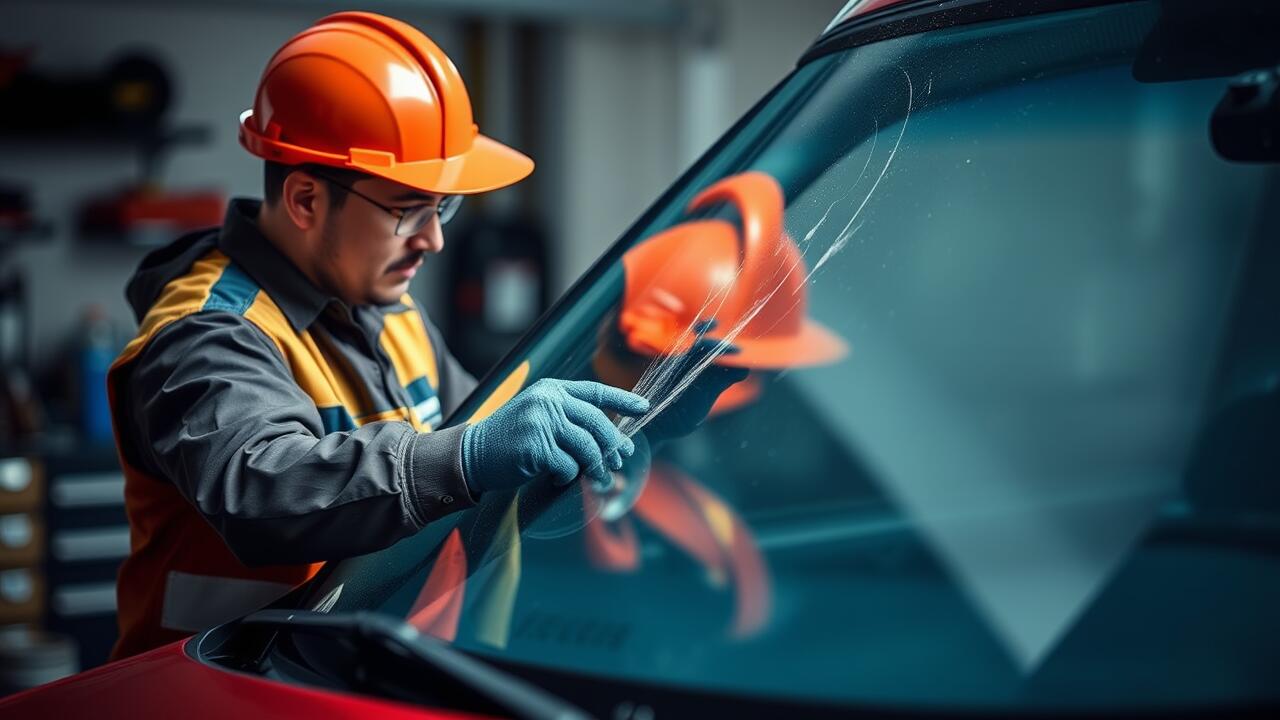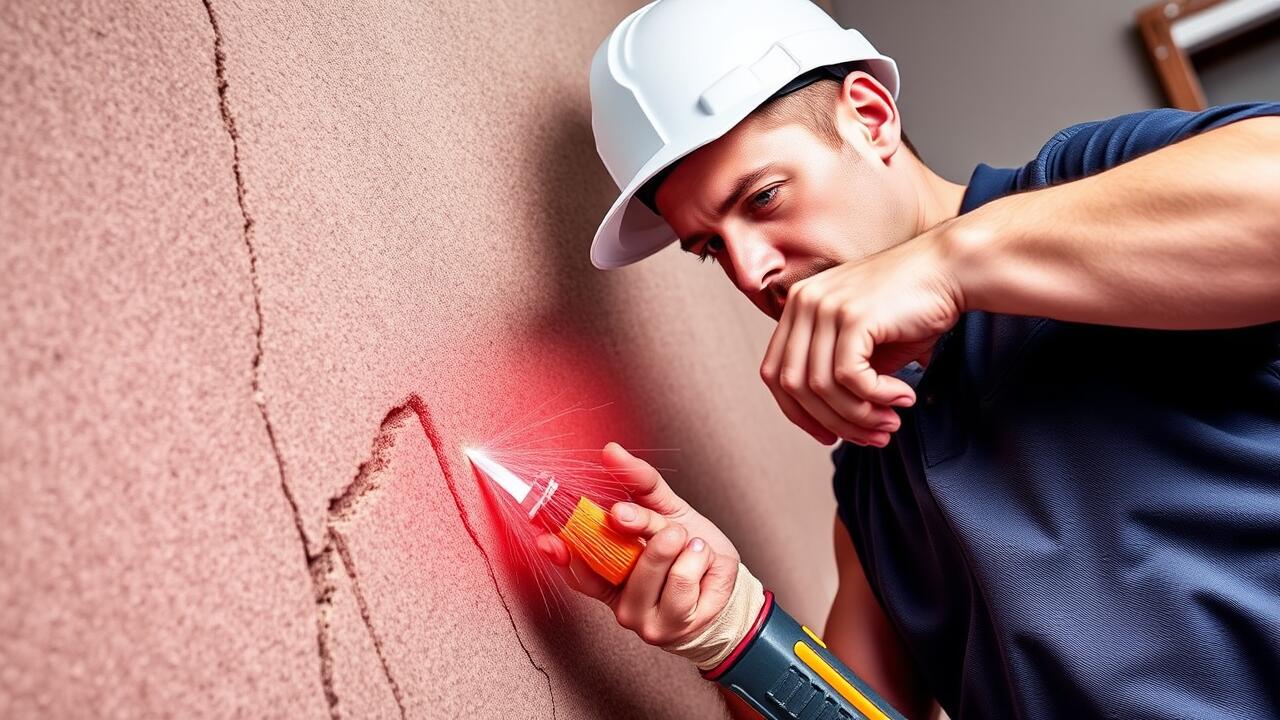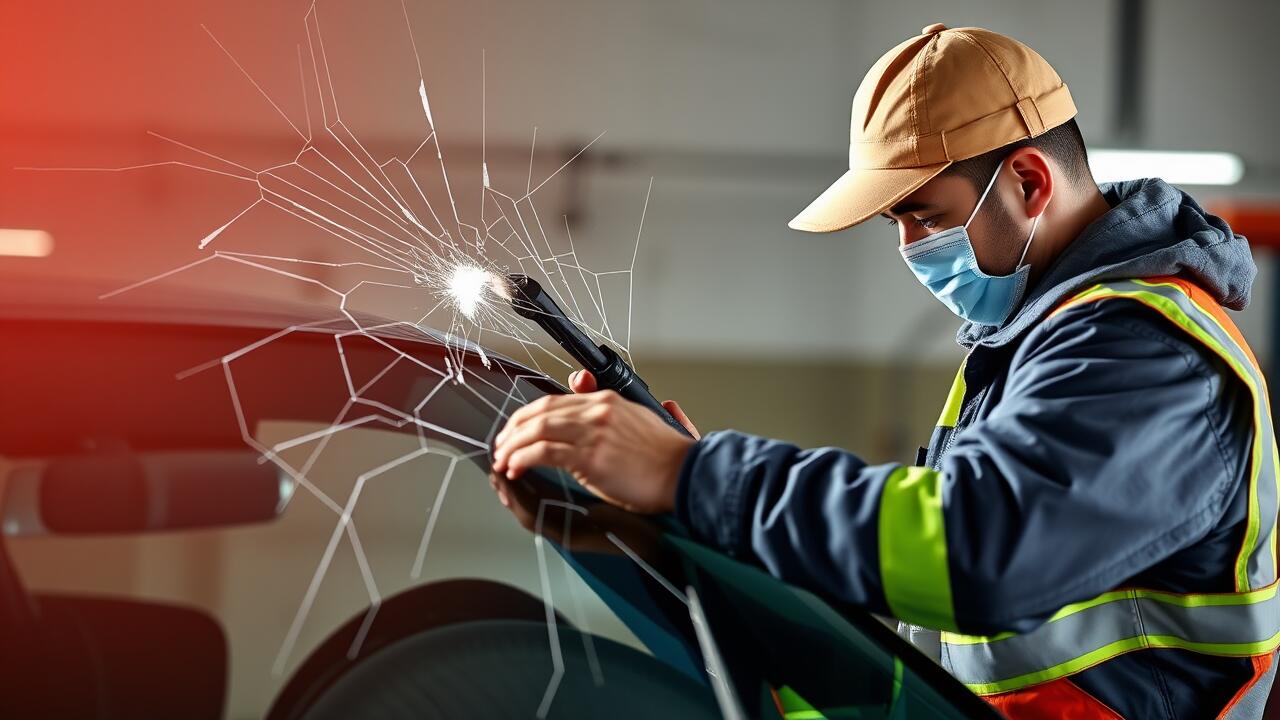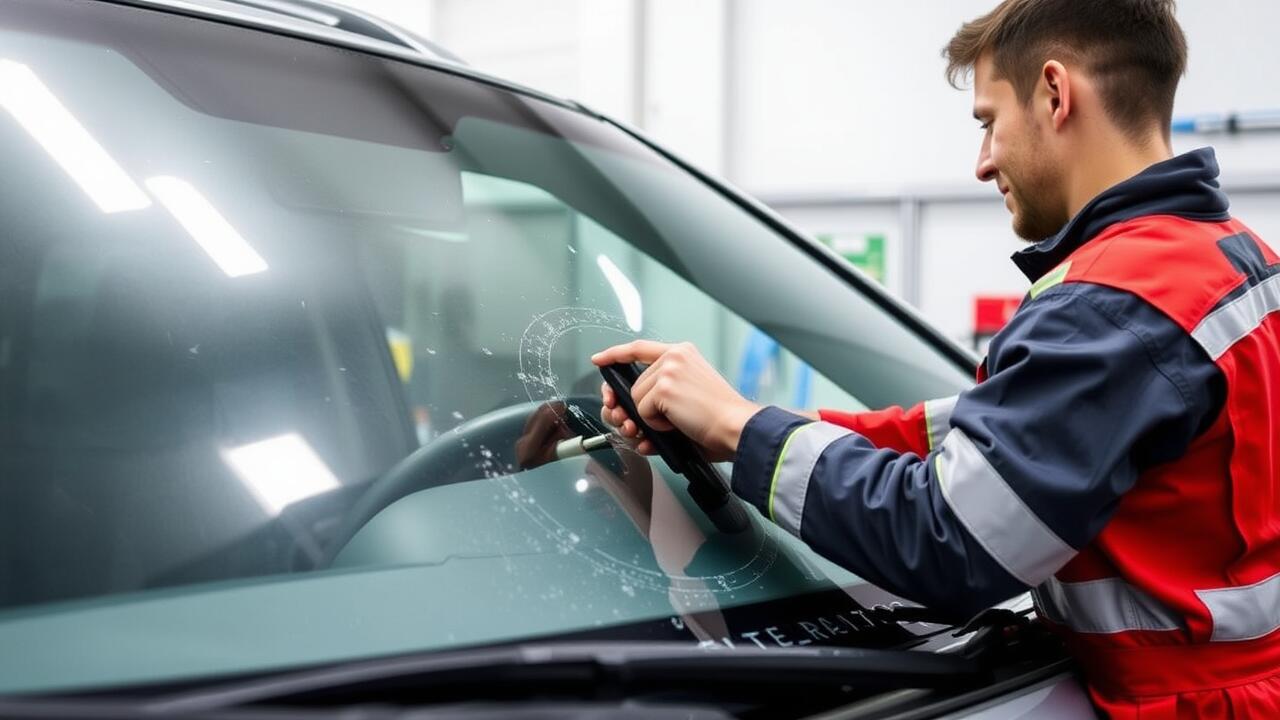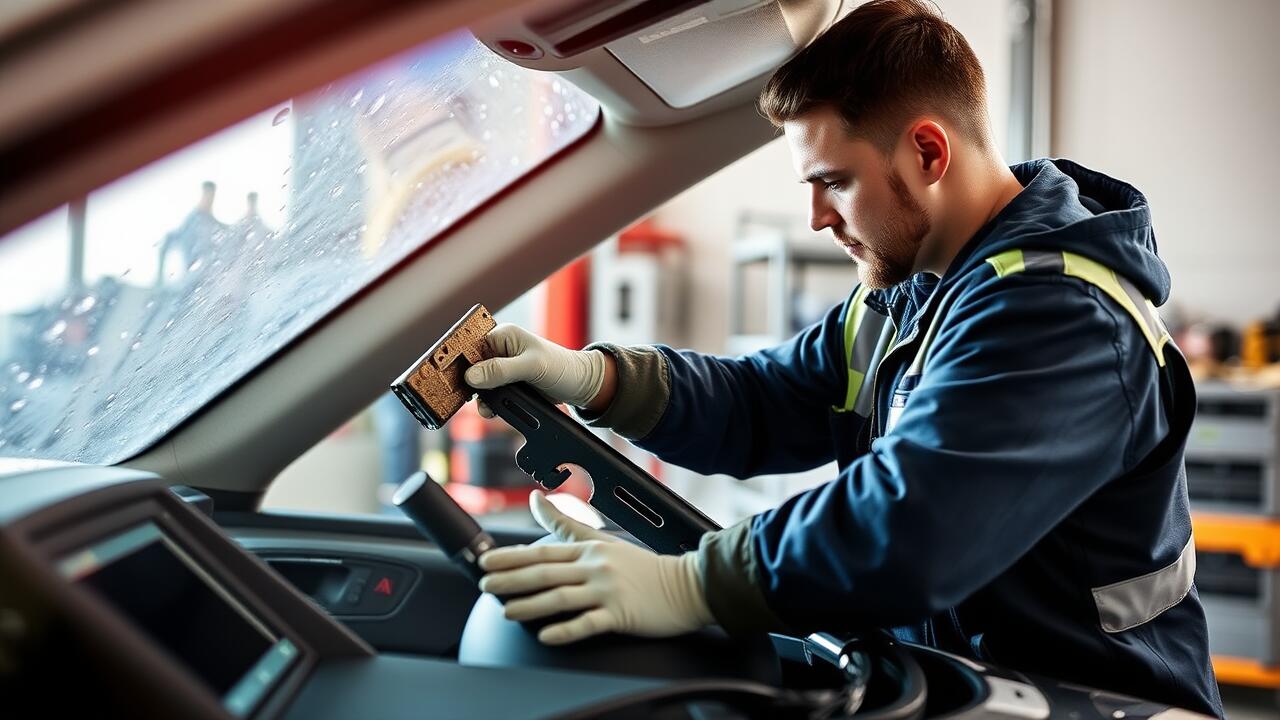
Table Of Contents
DIY Repair Techniques
DIY repair techniques for minor chips and cracks can be a practical solution for car owners looking to save money. Using a windshield repair kit can empower you to tackle these issues at home. Many kits include resin that fills in the damaged area, along with tools designed to stabilize the fragment. Following the instructions carefully ensures that the repair is effective and can restore the integrity of the glass.
While DIY methods can be appealing, it's essential to assess the damage before proceeding. If the chip is smaller than a quarter and located away from the driver's line of sight, a windshield repair may be well within your reach. It’s crucial to check if the crack extends to the edges of the glass. If the damage is extensive or located in a critical area, it may be wiser to consult a professional.
Tools and Materials You Will Need
To successfully tackle a windshield repair, having the right tools and materials is essential. You will need a windshield repair kit, which typically includes resin, a bridge applicator, and a razor blade. A cleaning solution or alcohol wipes help prepare the area around the chip or crack. For optimal results, a UV light can be beneficial for curing the resin quickly. Protective gloves and a microfiber cloth should also be on hand to ensure a clean and safe working environment.
Additionally, consider having a vacuum or air blower to remove any debris from the damaged area before starting the repair process. Having a clear understanding of the type of damage will guide you in choosing the best materials for your specific windshield repair situation. Keeping these tools and materials organized helps streamline the repair process, making it more efficient and effective.
Cost Analysis for Repair vs. Replacement
Evaluating the cost of windshield repair compared to replacement involves several considerations. Generally, repairs tend to be significantly less expensive than a full replacement. Many insurance companies may cover a windshield repair with little to no out-of-pocket expense for the vehicle owner, which can make this option attractive. The extent of damage plays a crucial role in determining costs; smaller chips often cost much less to fix than larger cracks.
In some cases, the potential for further damage can lead to increased repair costs over time. If a chip or crack is located in the driver's line of sight, a repair may not be feasible due to safety regulations. Therefore, replacements become necessary despite the higher price. Evaluating both immediate costs and long-term safety implications is essential when deciding whether to opt for windshield repair or replacement.
Factors Influencing Repair Costs
The costs associated with windshield repair can vary widely based on several factors. The size and type of the damage play a critical role; small chips may be less expensive to fix than large cracks. Additionally, the location of the damage is important; for example, if the crack is in the driver’s line of sight, the repair might require more specialized attention, increasing the cost.
The complexity of the repair can also affect pricing. If the damage has penetrated multiple layers of the glass or the surrounding structure, it may necessitate a more elaborate repair process. Labor costs in your area, along with the specific materials needed for the repair, will contribute to the overall expenses. Considering all these factors will help determine whether opting for windshield repair is a financially sound decision.
Signs That a Repair is Not Feasible
A damaged windshield is not always repairable. If the crack or chip is larger than a quarter, it typically compromises the integrity of the glass. Furthermore, if the damage is located within the driver’s line of sight, the distortion can pose a safety risk. In such cases, relying on windshield repair methods may not be advisable.
Additionally, if the damage has extended to the edges of the windshield, it can weaken the entire structure. Weather conditions also play a significant role; if a crack has started to spread due to temperature changes, the likelihood of a successful repair diminishes. In these scenarios, opting for a replacement might be the safest choice.
When Replacement is the Better Option
In some cases, the extent of damage to a windshield makes repair impractical. If the chip or crack spans more than a specified length, typically over six inches, or if the damage is situated within the driver's line of sight, a replacement is likely necessary. Additionally, multiple cracks in the glass can compromise its structural integrity, making a repair unlikely to restore it to a safe condition. Factors like the age of the windshield and pre-existing weaknesses may also play a role in determining if a simple windshield repair is sufficient.
Another consideration is the type of material used in the windshield. A laminated windshield, which is standard in most modern vehicles, can sometimes endure repairs better than older, single-layer types. However, if the damage has spread too far or occurred in critical areas, it's time to consider a replacement. Depending on the severity, waiting too long may result in further deterioration, making a simple windshield repair impossible and increasing overall costs. Prioritizing safe driving conditions ensures that visibility and protection against external elements remain uncompromised.
FAQS
How can I determine if a chip or crack in my item is repairable?
To determine if a chip or crack is repairable, assess its size, location, and depth. Small chips and shallow cracks in non-structural areas are often repairable, while larger, deeper cracks, or those in critical structural areas may not be.
What DIY repair techniques can I use for small chips or cracks?
DIY repair techniques may include using epoxy or adhesive resin, filling the chip with a suitable filler, or using a repair kit specifically designed for the material. Be sure to follow the instructions carefully for the best results.
What tools and materials do I need for a DIY repair?
Common tools and materials for DIY repair include sandpaper, a putty knife, a clean cloth, epoxy or adhesive resin, and paint or touch-up markers that match the item being repaired.
What factors influence the cost of repairing a chip or crack?
Factors influencing repair costs include the size and type of damage, the material of the item, the complexity of the repair process, and whether you choose to hire a professional or undertake the repair yourself.
When should I consider replacing an item instead of repairing it?
Consider replacement when the damage is extensive, compromising the item's structural integrity, if repairs exceed the cost of a new item, or if the item is old and may fail in other areas soon after repair.







